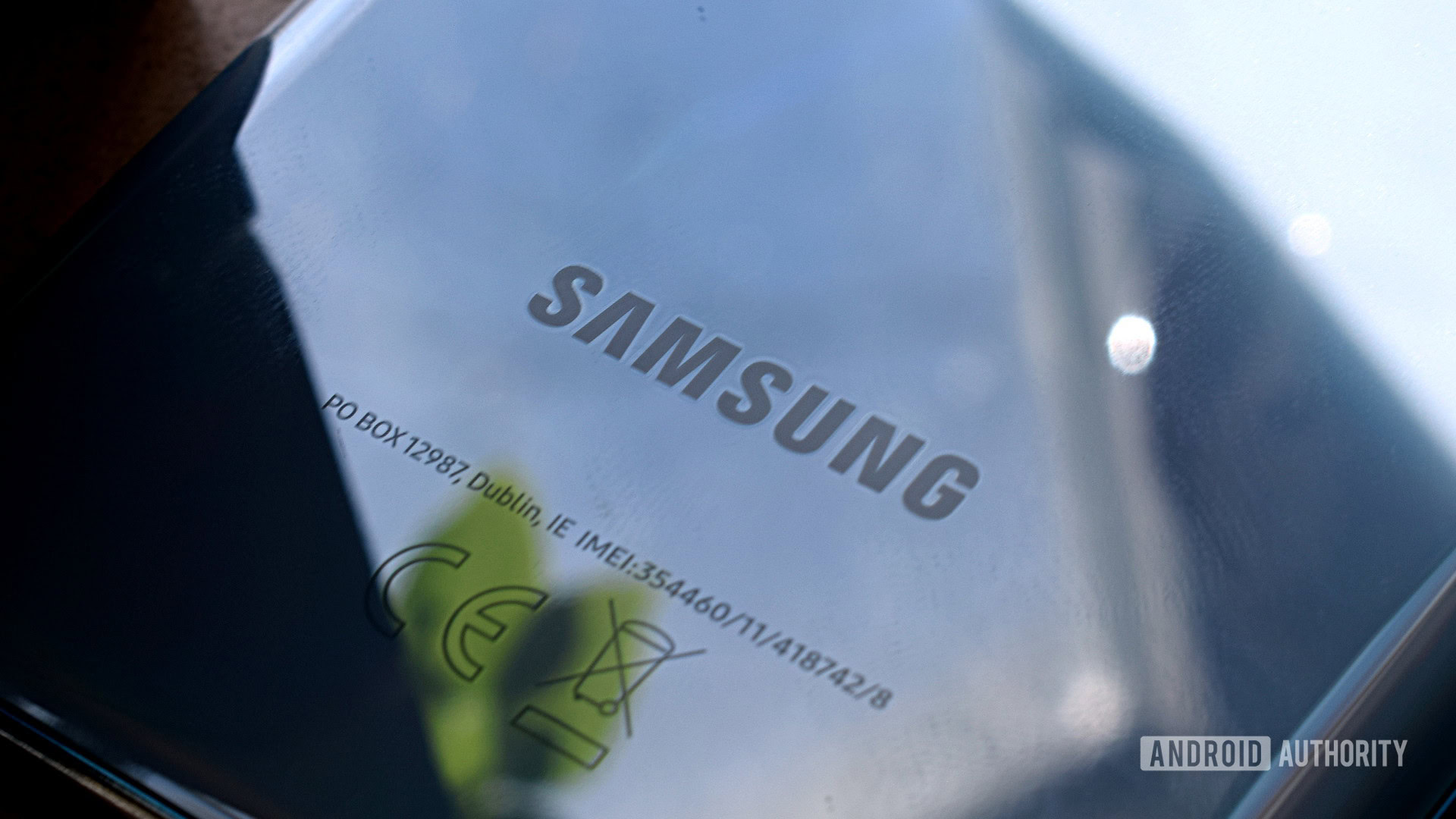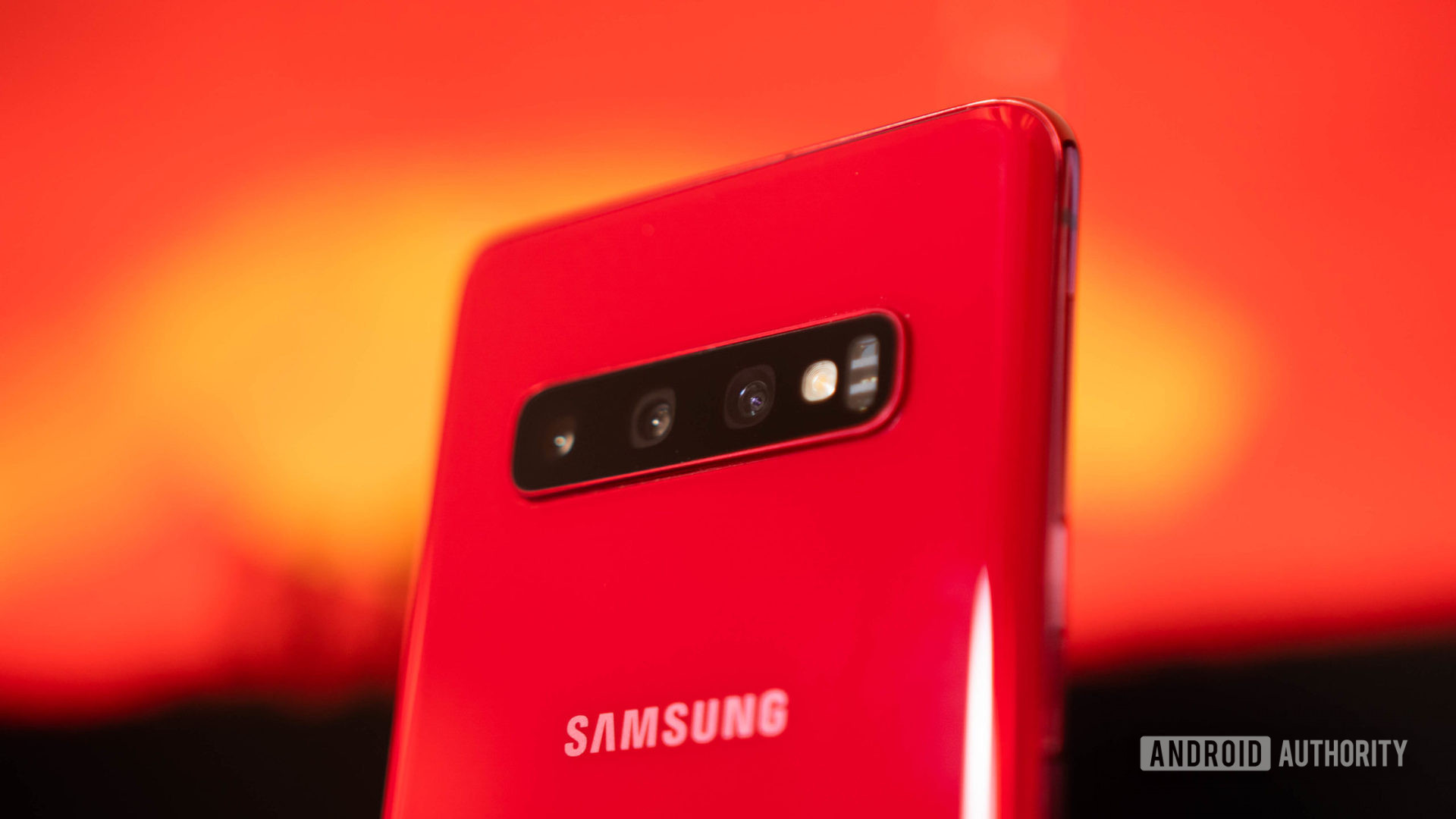Affiliate links on Android Authority may earn us a commission. Learn more.
Samsung's mismanaged Exynos 2200 launch is an ominous sign for the Galaxy S22
Published onJanuary 22, 2022

What is going on over at Samsung’s semiconductor division? To say the launch of its Exynos 2200 flagship mobile chipset has been a fiasco is an understatement. The original January 11 launch date came and went without a peep, while Samsung pulled social media posts mentioning the date to cover its tracks. Samsung then told us that it would unveil the Exynos 2200 simultaneously with a new smartphone, presumably the Galaxy S22, only for the chipset to launch under the radar just a week later.
Botched marketing? Possibly, but it feels like there’s more to it than that now. The Exynos 2200 should be a significant launch for Samsung — it’s the first mobile processor with hardware ray tracing support and the same RDNA2 architecture that powers popular games consoles. If that’s not an achievement to rub in your competitor’s faces, I don’t know what is. Instead, we’ve witnessed an almost secretive launch. Samsung has provided the bare minimum of detail on the chipset and has given nothing away regarding performance expectations. At the time of writing, we don’t even know the chip’s CPU clock speeds.
Read more: Snapdragon 8 Gen 1 vs Exynos 2200 vs Dimensity 9000
Samsung claims there are no problems with the Exynos 2200 regarding production or performance, but that’s increasingly hard to believe. Although we’re still anticipating the chipset to appear in the Galaxy S22 series, it might feature in a more limited capacity than initially expected. My expectations have hit rock bottom, and Samsung’s mixed messaging isn’t very reassuring either way.
What do the rumors say?

Oddly for a chipset launch of any kind, Samsung refused to divulge clock speed information for its CPU or GPU configurations, let alone performance estimations. We don’t even know Samsung’s expectations for the new Exynos 2200 compared to the previous generation Exynos 2100.
With minimal information accompanying Samsung’s official launch, we’re left with the rumor mill as our only glimpse of what may be going on behind the scenes. Although leakers are often a pessimistic bunch at the best of times, there have been consistent grumblings about Samsung’s Exynos development over the past twelve months.
Samsung's botched launch has let rumors run unchecked.
The latest tips from serial tipster Ice Universe hint at heat and clock speed issues with the Exynos 2200’s Xclipse 920 GPU that’s led Samsung to throttle back performance. Likewise, leaked benchmarks suggest a significant performance deficit against the Snapdragon 8 Gen 1’s Adreno GPU. If true, this would force Samsung to backpedal on its performance claims and could explain the lack of detail provided from this unusually quiet launch.
On a related note, initial benchmarking of the Snapdragon 8 Gen 1 and Dimensity 9000 hints at a possible cause. According to reports, Qualcomm’s CPU setup consumes 15-20% more power than MediaTek’s, despite using the same Arm Cortex core layout and similar clock speeds. The difference appears to come down to Qualcomm’s use of the Samsung 4nm manufacturing node versus MediaTek’s use of TSMC’s 4nm equivalent. Samsung is manufacturing its own Exynos 2200, and this report might partially explain its own rumored energy-efficiency problems. Other rumors hint at low yields from Samsung 4nm, further suggesting that the fabrication process might not be where Samsung wants it to be.
The rumor mill points to Exynos 2200 performance and production problems, which Samsung denies.
Of course, it pays to treat all of these rumors with a pinch of salt. After all, controversy gets the clicks, and it always pays to be pessimistic rather than optimistic when making claims. But even if there’s a grain of truth to some of these reports, it paints a picture that production might not be running quite as smoothly as Samsung’s semiconductor division wants us to believe.
Samsung Exynos: A history of troubled launches

Unfortunately, the present situation feels all too familiar to those who have followed Samsung’s Exynos development over the years. Samsung’s previous dabble in custom development with its in-house Mongoose CPU cores also produced hit and miss performance results, leading to their eventual cancellation.
Perhaps the biggest problem with Mongoose was that it resulted in notable performance and power consumption discrepancies between Exynos and Snapdragon versions of Galaxy S series smartphones. Samsung has always been keen to avoid any insinuation that Galaxy S flagships have two tiers depending on which chipset ships in any given region. Ditching Mongoose for Cortex CPUs and Mali for a supposedly more performant AMD GPU was supposed to end this comparison, but it’s shaping up to have done just the opposite.
The Exynos vs Snapdragon debate is poised to explode once again.
For this reason and more, the Exynos 2200 and Galaxy S22 are major launches for Samsung that have to go right. Rumors that the gap between the Exynos 2200 and Snapdragon 8 Gen 1 is more significant than ever is terrible news for both Samsung and consumers alike. Exynos-variant regions may be hesitant to buy Samsung’s latest smartphone if the chipset provides notably inferior performance. At the same time, Samsung’s semiconductor division certainly won’t want the bad press that will inevitably follow. As such, we may see fewer regions launch with the Exynos chip, but that remains to be seen.
See also: Snapdragon 8 Gen 1 vs Google Tensor
Launching a chipset boasting a brand new GPU and expectations of industry-leading performance was always a tall order and one that we’ve long had reservations about. Silicon development is a tricky business, as Samsung knows, and first-gen products are seldom perfect. Hopefully, the worst of the rumors turn out to be overexaggerations, but Samsung’s lackluster launch doesn’t instill confidence that the rumors are completely unfounded.